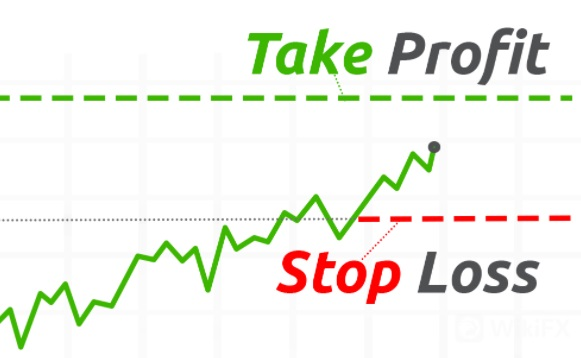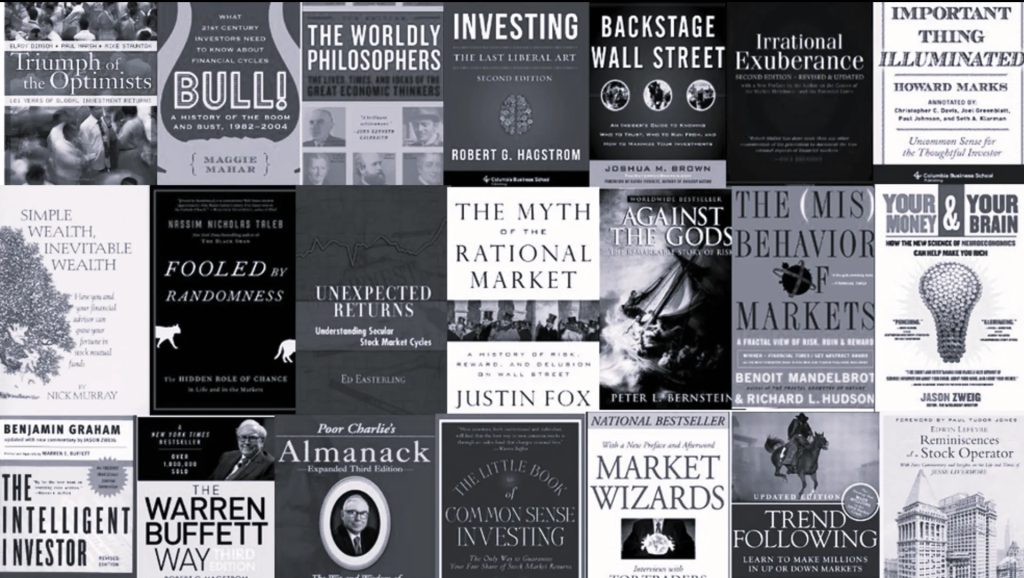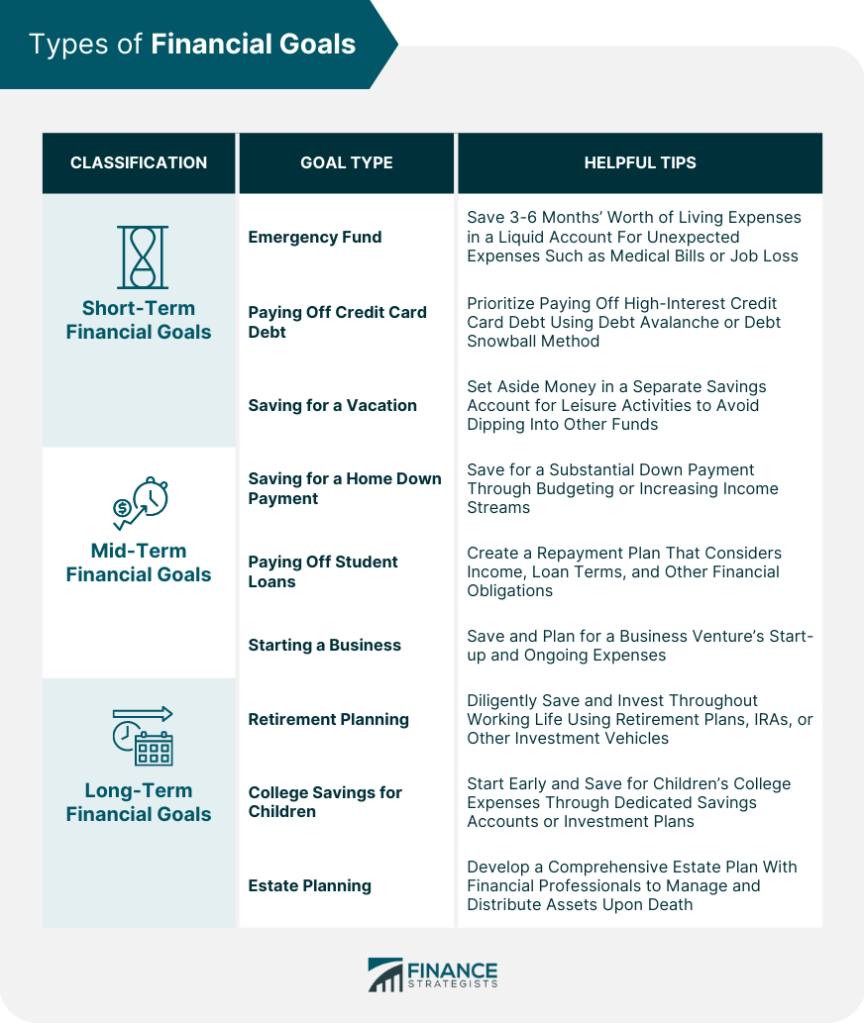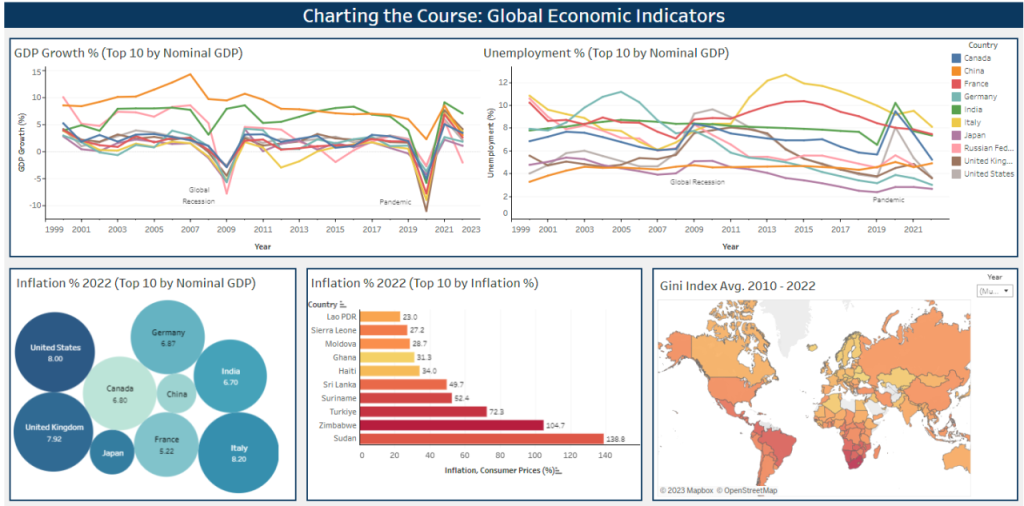Global: Trading Objectives
Цілі навчання:
- Set Clear Trading Objectives: You’ll learn how to define your financial goals—whether for short-term gains, long-term growth, or income generation—to help avoid emotional decisions and stay focused.
- Use Risk Management Tools: Understand how стоп-лосс і рівні тейк-профіту help manage risk and protect profits. These tools support consistent and disciplined trading behavior.
- Maintain a Balanced Portfolio: You will explore how diversification across assets, sectors, and regions protects you from market volatility and keeps your investments stable.
- Stay Informed and Aware: Learn how monitoring market news, economic indicators, та geopolitical events helps you adjust your trading approach as the market changes.
- Keep Learning and Improving: Discover the importance of continuous education and how reading books, analyzing past trades, and following experts can improve your strategy and decision-making over time.
A. Set Clear Trading Objectives
Before investing or trading, it’s essential to establish clear objectives that align with your financial goals, risk tolerance, and time horizon. By setting clear objectives, you avoid making impulsive decisions driven by market volatility.
- Long-term growth: Are you aiming for steady growth over a long period?
- Short-term gains: Are you seeking quicker profits from short-term trades?
- Income generation: Are you looking for stable income through dividends or other forms of cash flow?
By defining your objectives, you maintain focus and make informed decisions that align with your strategy.
Малюнок: Types of Financial Goals
опис:
The figure categorizes financial goals into three main classifications: Short-Term, Mid-Term, і Long-Term Financial Goals. Each category is paired with specific goal types and helpful tips. Short-term goals include establishing an emergency fund, paying off credit card debt, and saving for vacations. Mid-term goals focus on saving for a home down payment, paying off student loans, and starting a business. Long-term goals consist of retirement planning, saving for children’s college, and estate planning. The image provides detailed, actionable tips for each goal type to help users manage their finances effectively.
Ключові висновки:
- Short-Term Financial Goals: Focus on building liquidity and reducing high-interest debt to secure immediate financial stability.
- Mid-Term Financial Goals: Involve increasing income streams, managing significant debts like student loans, and planning for business ventures.
- Long-Term Financial Goals: Emphasize retirement savings, future education expenses for children, and estate planning to protect wealth.
Застосування інформації:
Understanding and classifying financial goals helps individuals create a strategic financial plan. It aids in setting priorities, managing risk, and ensuring that savings and investments are aligned with personal goals over various time horizons. This information is essential for anyone seeking effective financial management and planning for a stable financial future.
B. Employ Stop-Loss and Take-Profit Levels
Using стоп-лосс і take-profit orders is a disciplined way to manage risk and protect your capital.
- Stop-Loss Orders: Automatically sell a stock when its price falls to a certain level, minimizing potential losses.
- Take-Profit Orders: Automatically sell a stock when it reaches a specific profit target, ensuring you lock in gains before the market reverses.
These tools remove emotion from trading, helping you stick to your strategy.

Малюнок: Understanding Take Profit and Stop Loss Mechanisms
опис:
The image illustrates two important trading tools: Take Profit і Stop Loss. The green line represents the Take Profit level, where traders can automatically exit a trade when a desired profit level is reached. The red line represents the Stop Loss level, designed to limit potential losses by automatically exiting a trade when the price drops to a certain level. The chart shows an upward price trend approaching the Take Profit level, while the Stop Loss line serves as a safeguard below the entry point.
Ключові висновки:
- Take Profit: Sets a predefined level at which a trade is closed to secure profits.
- Stop Loss: Sets a predefined level at which a trade is closed to minimize losses.
- Управління ризиками: Both tools are essential for managing risk and protecting trading capital.
- Automation: These tools can be set up automatically to execute trades without constant monitoring.
Застосування інформації:
Implementing Take Profit і Stop Loss levels helps traders manage risk by setting clear exit points. These tools enable traders to maintain discipline and avoid emotional decision-making, making them fundamental for both novice and experienced investors. They are especially useful in volatile markets where prices can fluctuate rapidly.
C. Maintain a Balanced Portfolio
A well-diversified portfolio spreads risk across different assets, sectors, and regions. Maintaining a balanced portfolio helps protect against volatility in any single stock, sector, or market.
- Diversify across asset classes: Include a mix of stocks, bonds, and other investments.
- Sector diversification: Spread investments across multiple industries to reduce sector-specific risks.
- Geographic diversification: Hold both domestic and international stocks to mitigate regional economic risks.
This approach ensures that a downturn in one part of the market doesn’t heavily impact your overall portfolio.
D. Regularly Monitor Market Trends and News
Staying informed about тенденції ринку і global events helps you manage risk by adjusting your strategy based on current conditions. Regularly monitoring relevant information can alert you to risks and opportunities.
- Economic indicators: Keep an eye on key data such as inflation, employment reports, and interest rates.
- Industry news: Track developments within specific sectors like technology or healthcare.
- Geopolitical events: Monitor political developments, elections, and international relations that could affect global markets.
By staying updated, you can react appropriately to market shifts.
Малюнок: Global Economic Indicators Overview
опис:
The dashboard presents multiple global economic indicators for the top 10 countries by nominal GDP. The first chart shows GDP Growth (%) over time, indicating economic expansion and contraction phases. The second chart displays Unemployment (%), showing variations in employment levels across these countries. The Inflation (%) charts provide an overview of inflation rates in 2022 by nominal GDP and by the highest inflation rates. Lastly, the Gini Index Map illustrates global income inequality from 2010 to 2022, with darker shades representing higher inequality levels.
Ключові висновки:
- GDP Growth trends highlight economic expansions and contractions over time, useful for understanding global economic cycles.
- Unemployment variations reveal the labor market health of leading economies.
- Інфляція data provides insights into purchasing power and cost-of-living changes.
- Gini Index reflects the degree of income inequality globally, with implications for economic development.
Застосування інформації:
Understanding these indicators is essential for global investors, policy analysts, and researchers. Зростання ВВП, безробіття, та інфляція trends help anticipate economic performance, while the Gini Index aids in assessing social and economic policies’ impacts. These indicators can guide investment decisions, policy formulations, and risk assessments in international markets.
E. Continuously Educate Yourself
Continuous learning is key to successful investing and risk management. The more you understand market behavior and financial strategies, the better equipped you are to make informed decisions.
- Learn from past trades: Analyze your successes and failures to refine your strategy.
- Stay updated on new tools: Familiarize yourself with new trading platforms, strategies, and resources.
- Engage in education: Attend webinars, read books, and follow market experts to deepen your understanding.
Ongoing education ensures you remain adaptable and informed in an ever-changing market environment.

Малюнок: Top Books on Investment
опис:
This image showcases a collection of influential books on investment, finance, and market psychology. The selection includes classics like The Intelligent Investor, Market Wizards, та The Little Book of Common Sense Investing. Each book covers a different aspect of investing, from fundamentals, value investing, and market trends to behavioral finance and risk management. This diverse range of topics equips readers with a well-rounded understanding of investment principles and strategies.
Ключові висновки:
- Wide range of topics covers fundamental analysis, market strategies, and behavioral finance.
- Classics such as The Intelligent Investor provide foundational knowledge, especially for value investing.
- Books like Fooled by Randomness і Against the Gods offer insights into risk perception and decision-making.
- Behavioral finance books explore psychological biases that impact investment decisions.
Застосування інформації:
Reading these books can help investors develop a deeper understanding of financial markets, refine investment strategies, and improve decision-making skills. Beginners can start with foundational texts like The Intelligent Investor, while seasoned investors may benefit from behavioral finance insights to manage biases and improve risk assessment.
Висновок
Successfully managing risk in stock investing and trading requires a thoughtful and disciplined approach. By setting clear objectives, using stop-loss and take-profit levels, maintaining a balanced portfolio, regularly monitoring тенденції ринку, and committing to continuous learning, you can reduce exposure to unnecessary risks while maximizing opportunities for growth. These practices help ensure that your investments align with your financial goals and risk tolerance, contributing to long-term success.
Ключова інформація про урок:
- Setting clear trading objectives—such as long-term growth, short-term gains, or income generation—helps keep your actions aligned with your personal financial plan and prevents emotional decision-making in volatile markets.
- Using stop-loss and take-profit orders is a powerful way to automatically manage risk and secure gains. These tools help you stick to your strategy without needing to constantly watch the markets.
- Maintaining a balanced portfolio through диверсифікація—by asset class, industry, and geography—reduces your exposure to risk. If one area of the market falls, your overall portfolio is less likely to suffer major losses.
- Regularly tracking market trends and news allows you to respond to changes with confidence. Watching key indicators like інфляція, Зростання ВВП, та безробіття can help you make more informed decisions about when to buy, hold, or sell.
- Continuously educating yourself by reading top investment books, analyzing your trades, and staying informed about new tools will improve your ability to adapt and succeed in different market environments.
Заключне слово:
Applying these strategies allows you to build confidence, manage risk, and stay on track with your trading goals. Whether you’re just starting or looking to refine your approach, these lessons form a solid base for successful investing.



